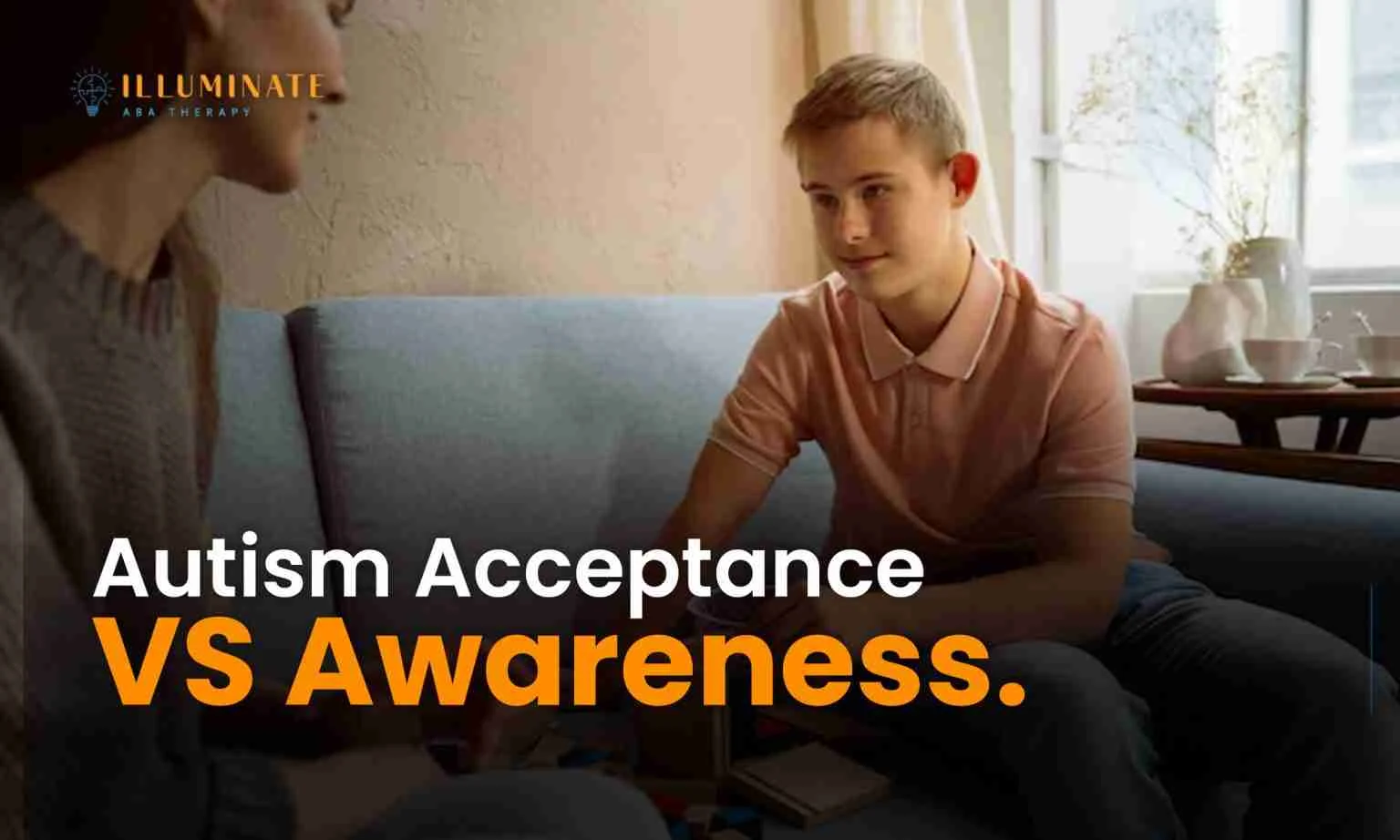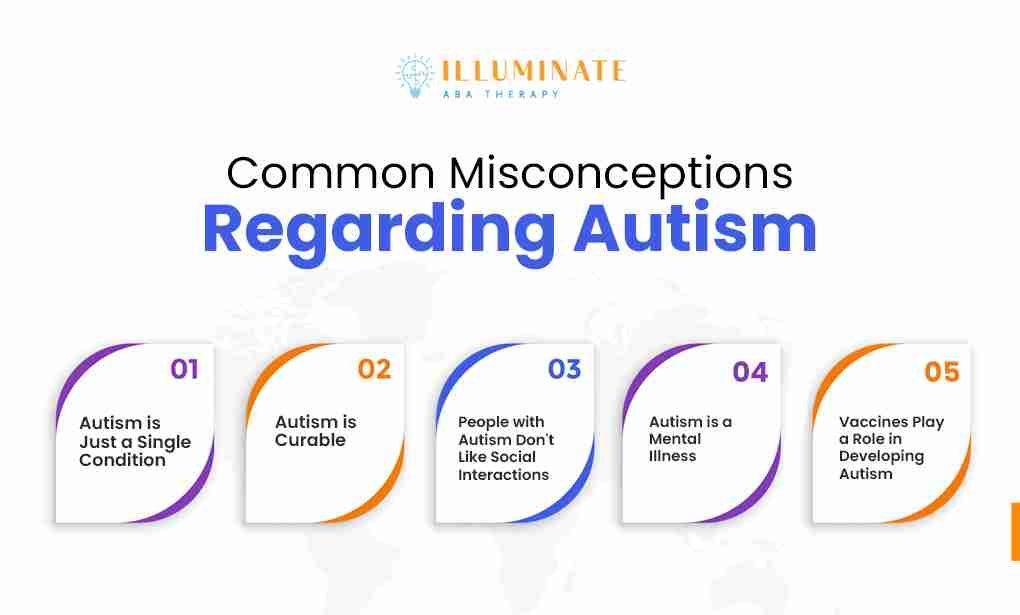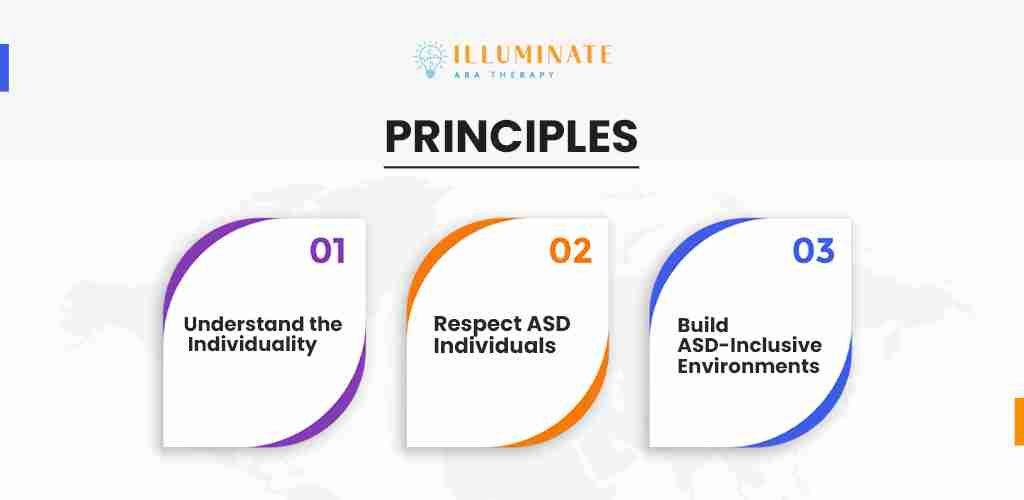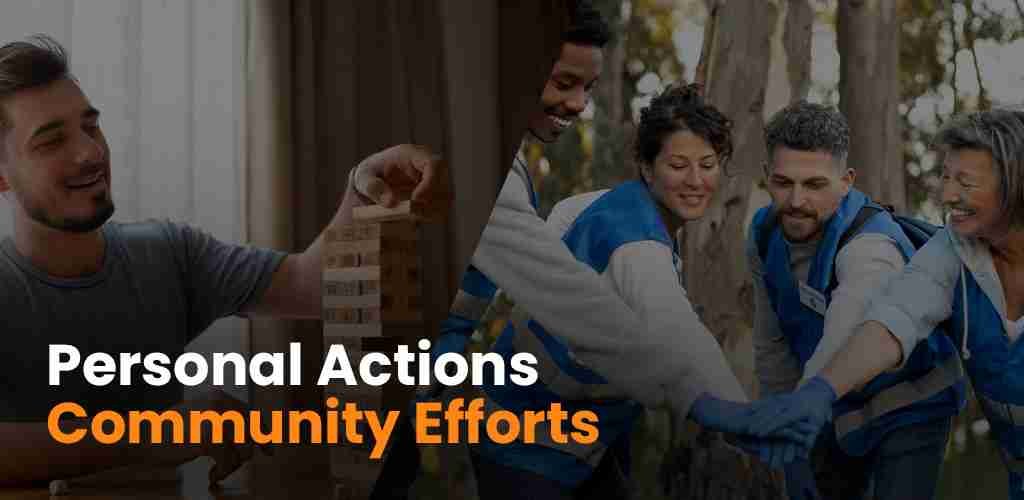Autism Acceptance vs Awareness
Autism ScholarshipsJuly 17, 2025

According to the World Health Organization, about 1 in 100 children are born with autism, and the rate of autistic children has tripled in New Jersey and New York metropolitan area from year 2006 to 2016. This has increased the need to be more aware of the behavior patterns of autistic individuals.
While autism awareness has increased in the past years, it’s time to shift our focus toward “autism acceptance.” How do these terms differ from each other? Let’s find out.
Table of Contents
What is Autism Awareness
Autism awareness is all about spreading awareness and increasing public knowledge of Autism Spectrum Disorders (ASD). This includes educating people on what ASD actually is, what are its symptoms and characters, what challenges an autistic child encounters, and their experiences.
Autism awareness campaigns focus on providing information on the signs and symptoms of this condition and promote early diagnosis.
Common misconceptions regarding autism

These awareness drives also aim to mitigate the misconceptions regarding autism, such as:
- Autism is just a single condition
People often think that autism is a single condition where the individual has a uniform set of characteristics. The reality is autism has a broad spectrum, and the affected individual may have a range of abilities and challenges, and they also vary from person to person.
- Autism is “Curable”
Some people believe that autism can be cured, but the reality is autism is a lifelong condition. However, therapies can help individuals manage the symptoms so that they can handle their chores on their own, but there’s no cure.
- People with autism don’t like social interactions.
It’s a myth that people with autism can’t form emotional connections or they lack empathy. In reality, these individuals feel everything deeply but don’t know how to express their emotions.
- Autism is a mental illness.
People believe that autism is a mental illness, whereas it is a neurodevelopmental disorder.
- Vaccines play a role in developing autism.
It’s a myth that vaccines cause neural disorders that lead to autism. In reality, there’s no scientific evidence that proves the association of vaccines with autism.
What is Autism Acceptance?
Autism acceptance goes beyond just acknowledging that autistic individuals exist with a certain set of conditions. It’s about valuing autistic people just the way they are. As autism awareness involves educating people about autism characteristics and symptoms, autism acceptance aims to have a society where autistic individuals are respected, valued, and empowered.
The idea of acceptance focuses on accepting neurodiversity— the idea that neurological differences exist due to natural variations and there’s nothing wrong with it. It shifts the focus of society from “curing” and “treating” autism to creating environments where autistic individuals can live their lives to the fullest.
Key principles of autism acceptance

- Understand the individuality
Understanding that individuals with autism spectrum disorder (ASD) have different sets of challenges is the cornerstone of autism acceptance. You can learn about those challenges or interact with individuals who have ASD to have a better understanding of the condition. By doing so, you will be able to build meaningful connections and offer better support to them.
- Respect ASD individuals
In autism acceptance, respecting individuals with autism means honoring their dignity, rights, and autonomy. We just need to learn that they don’t need “sympathy,” but they need “empathy” and a bit of additional support even after their aggressive behavior.
- Build ASD-inclusive environments
Accepting autism includes building environments that are in support of autistic individuals. This means that, from education to employment to social activities, we must practice activities and communication methods that are accessible and welcoming to autistic people.
Autism Acceptance vs Autism Awareness: A Comparative View
For a better understanding, here’s a table of comparisons between autism acceptance and autism awareness.
AspectsAutism AwarenessAutism AcceptanceDefinition Recognizing and understanding autism as a neurodevelopmental disorder. Valuing and recognizing autistic individuals the way they are.Focus Spread information and educate people about the signs, characteristics, and challenges of autism. Encouraging inclusion, respect, and understanding for autistic people. Objectives To raise public knowledge, promote early diagnosis, and encourage therapies. To build such an environment where autistic individuals can feel accepted and empowered. Impact This results in increased information, but stereotypes remain unaddressed. This leads to improved well-being of autistic individuals as it focuses on breaking stereotypes regarding ASD.Core principlesEducation, awareness, and early intervention. Inclusion, respect, and understand
How to Promote Acceptance?

Personal Actions
Here are some of the personal actions that one can take to promote autism acceptance:
- Take time to learn about autism and its conditions from authorized sources, journals, and especially from the firsthand accounts of autistic individuals. Share the valuable information with your family and friends to spread awareness about autism acceptance.
- Try to be empathetic while interacting with any person with ASD. Understand that they regulate their emotions differently, and effective communication is a bit difficult for them.
- While communicating with your friends or colleagues, if you encounter any stereotype, instantly correct it by providing the correct information.
- While discussing autism, be mindful of the language you are using. Avoid using terms that sympathize or stigmatize autism.
Community Efforts
- Create spaces that offer activities in which autistic people can also be included. Ask the local libraries, resource centers, schools, and workplaces to encourage sensory-friendly activities and alternative communication methods.
- You can also organize or participate in autism acceptance awareness sessions.
- Show support to the businesses that offer support to autistic people. For example, if there’s a brand that hires people with ASD, try to buy more from them and encourage others to do as well.
- Be a part of groups that raise their voices for autism acceptance and ask your belongings to do the same.
Conclusion
All in all, it’s crucial to destigmatize autism, break the stereotypes regarding it, and accept these “different individuals” the way they are.
Read More: Adaptive vs Maladaptive Behaviors in ABA


